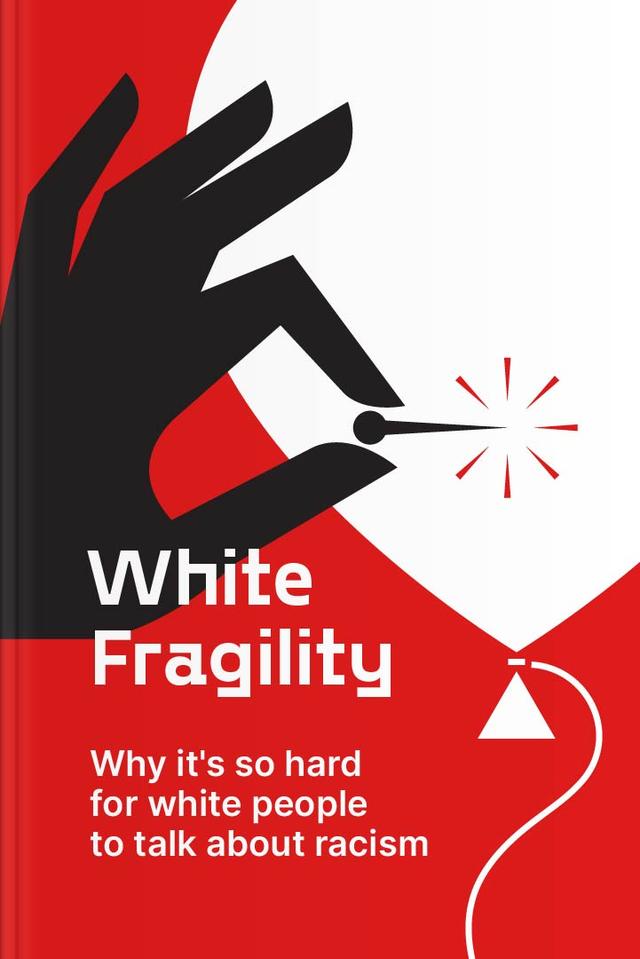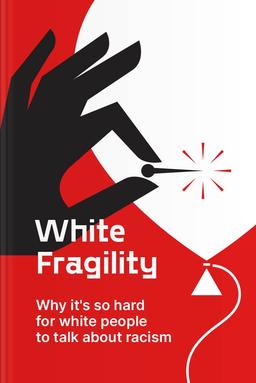You’ll learn
- What is white fragility
- How racism justifies exploitation
- About different kinds of racism
- When emotions can be harmful
russia has launched a full-scale war in Ukraine. Donate to support Ukraine and protect the world’s peace.

first KEY POINT
Although no one claims to be racist anymore, racism still exists everywhere. This is possible because racial discrimination is highly adaptive and can be hidden in the system in such a way that it becomes systemic.
White people in America and Europe primarily live in societies free from racial oppression, and they don’t experience the effects of separation and racial inequality. They often benefit from the division and disparities that people of color face. Consequently, they are shielded from racial discord and stress while simultaneously enjoying their privileges. Due to the rarity of racial discomfort in their dominant society, white people have little incentive to develop racial resilience.Unlike Black people, the white population has not had to worry about how they are perceived based on their skin color. They’ve never had to compete with other races to prove a point. As a result, the average person of color is already at a considerable disadvantage.In this summary, we’ll see that the deeper problem of racism is not just limited to how it has become systemic but how it won’t go away soon unless white people change their perception of it.
second KEY POINT
When white people attempt to engage in open discussions about race, they often encounter fragility, manifesting as arguments, silence, defensiveness, and various forms of denial. These reactions are not innate responses to racism; they are societal mechanisms that hinder white people from acquiring the racial understanding necessary for meaningful conversations with people of color.Our understanding and interpretation of our experiences are filtered through cultural lenses. These lenses are neither universally applicable nor impartial and are essential for our functioning in any human society. Delving into these cultural perceptions is especially challenging in Western culture, which is heavily influenced by the ideologies of individualism and objectivity.• Individualism promotes the belief that we are distinct and separate from others, even within our social groups.
• Objectivity fosters the notion that being unbiased is achievable.Uniting these ideologies complicates white people's ability to examine the collective nature of their experiences. Individualism implies that race is inconsequential and has inherent obstacles to personal success.While it’s true that we do belong to a distinct race, class, and gender, opportunities are not equally shared across these social lines.

Continue reading with Headway app
Continue readingfirst KEY POINT
second KEY POINT
third KEY POINT
fourth KEY POINT
fifth KEY POINT